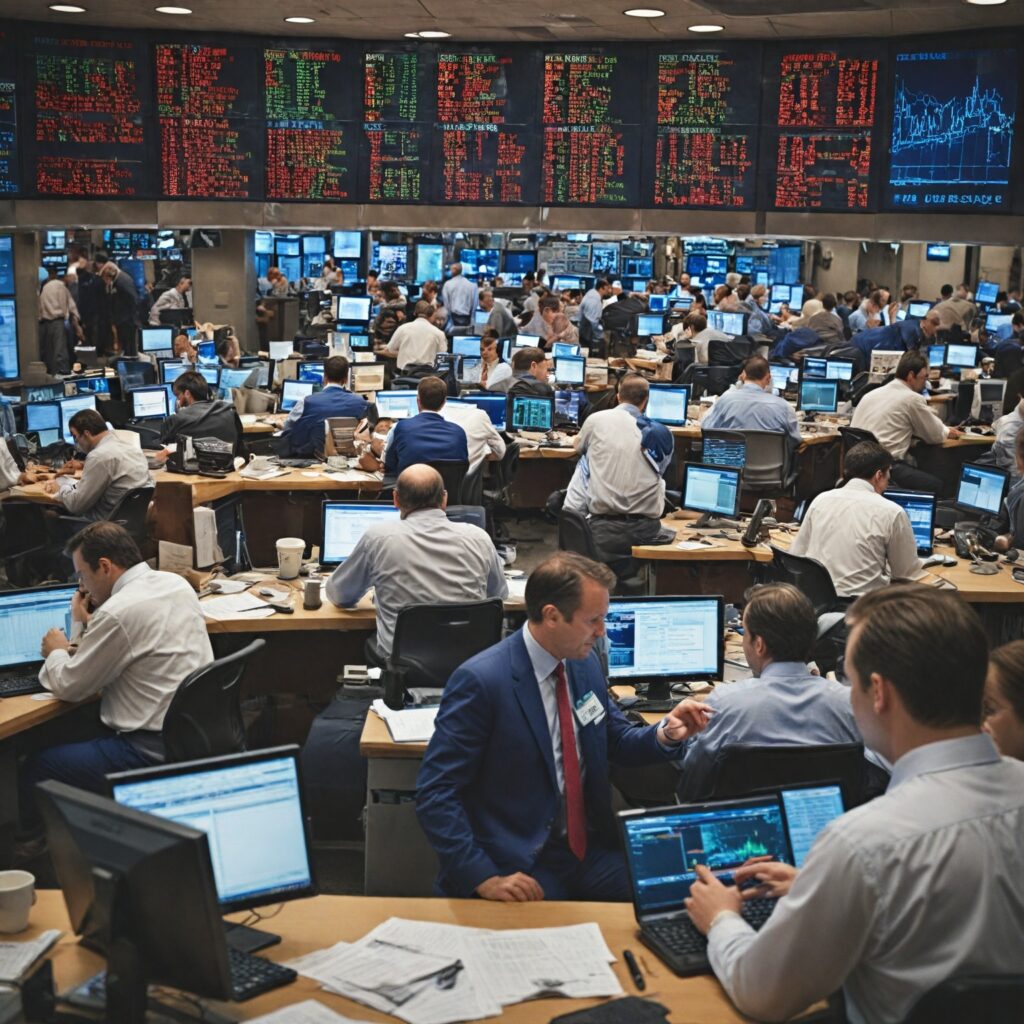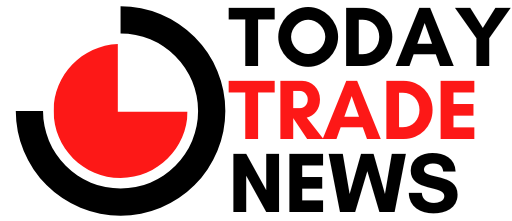
Highlights:
– Sixty-five percent of large-cap fund managers underperformed their benchmark (the S & P 500) in 2024.
– Active small-cap managers had a better performance, with only 30% underperforming their benchmarks.
– The underperformance rates of fund managers increase as the time horizon lengthens, with 84% underperforming after 10 years.
Active Fund Managers’ Struggle: A Look into Underperformance
Active fund managers strive to outperform market benchmarks, but the latest research by S & P Dow Jones Indices reveals a concerning trend. The majority of fund managers, particularly in the large-cap segment, are failing to meet their benchmarks consistently. The recently released SPIVA U.S. Scorecard for 2024 sheds light on the ongoing challenges faced by active managers in delivering superior returns.
In 2024, 65% of large-cap fund managers underperformed the S & P 500, emphasizing the difficulty in achieving market-beating results. Surprisingly, small-cap managers had a comparatively better year, with only 30% falling short of their benchmarks. This disparity in performance raises questions about the factors influencing the success rates of active managers across different market segments.
The Long-Term Predicament of Active Management
Despite the continuous efforts of active fund managers to generate alpha, the SPIVA survey paints a grim picture of their long-term performance. Over the 24-year history of the study, it is evident that the underperformance rates escalate as the investment horizon extends. Large-cap fund managers, in particular, face significant challenges in consistently outperforming the S & P 500 index year after year.
As the data reveals, the odds are stacked against active managers, with 84.3% of large-cap fund managers trailing behind the benchmark after a decade. Even though fund liquidations and mergers are accounted for in the study, the persistent underperformance signals the arduous task of beating the market over extended periods. The findings underscore the inherent difficulties associated with active management in a competitive and efficient market landscape.
Navigating the Future of Active Management
The 2024 SPIVA report not only highlights the struggles of active fund managers but also sparks a conversation about the future of investing. With increasing market efficiency and the rise of passive investing strategies, the role of active managers is facing heightened scrutiny. Despite advancements in investment research and technology, the challenge of consistently outperforming benchmarks remains elusive.
As investors evaluate their strategies, the allure of low-cost indexing and diversification grows stronger. The study emphasizes the importance of incorporating diversified, low-cost index funds in investment portfolios to mitigate the risks associated with active management. Looking ahead, the industry must adapt to evolving market dynamics and investor preferences, redefining the traditional notions of success in fund management.
In conclusion, the SPIVA report for 2024 unveils the enduring struggle of active fund managers in achieving superior performance. As the investment landscape continues to evolve, how can active managers revamp their strategies to stay competitive? What role does investor behavior play in the performance of active funds, and how can industry professionals address these dynamics effectively? Should investors prioritize consistent returns over short-term outperformance when selecting investment vehicles?
Editorial content by Sierra Knightley


















